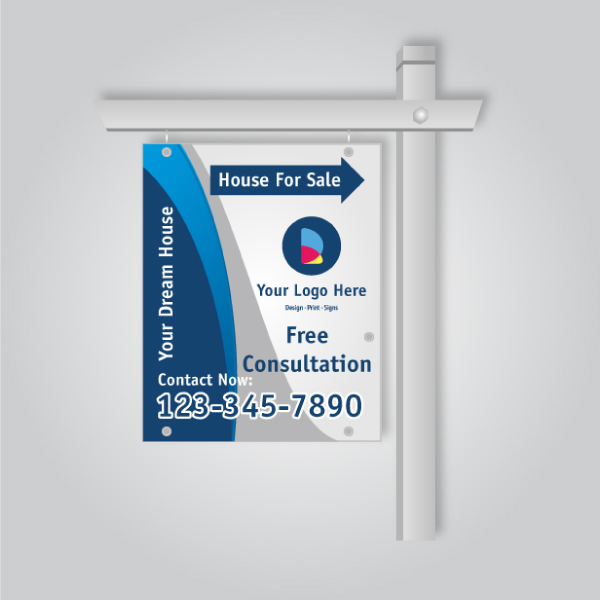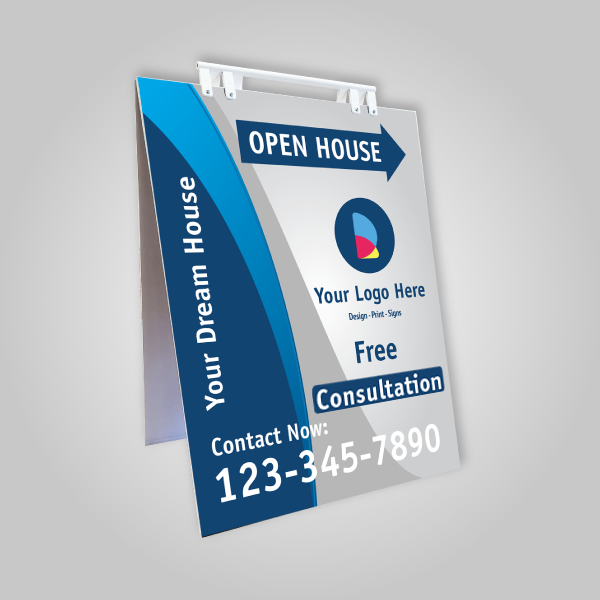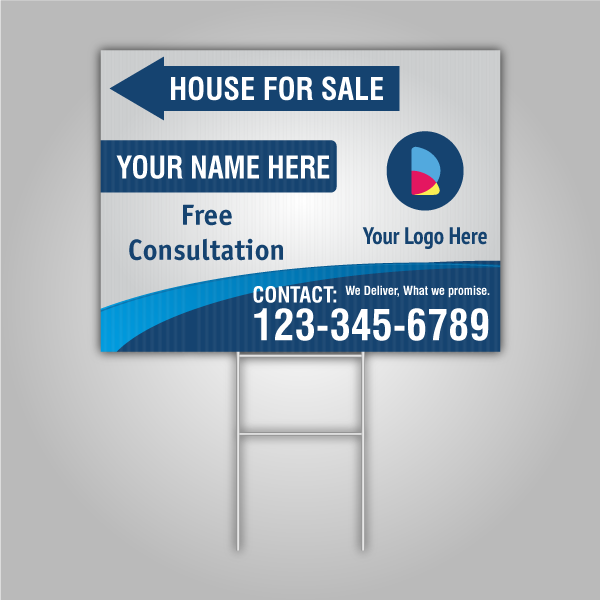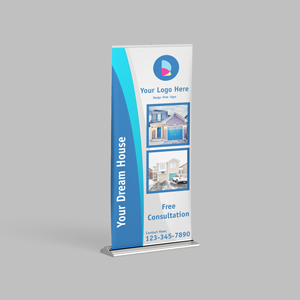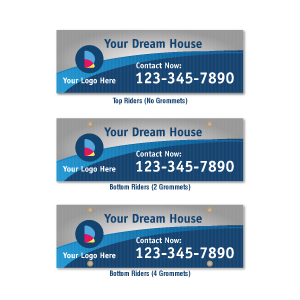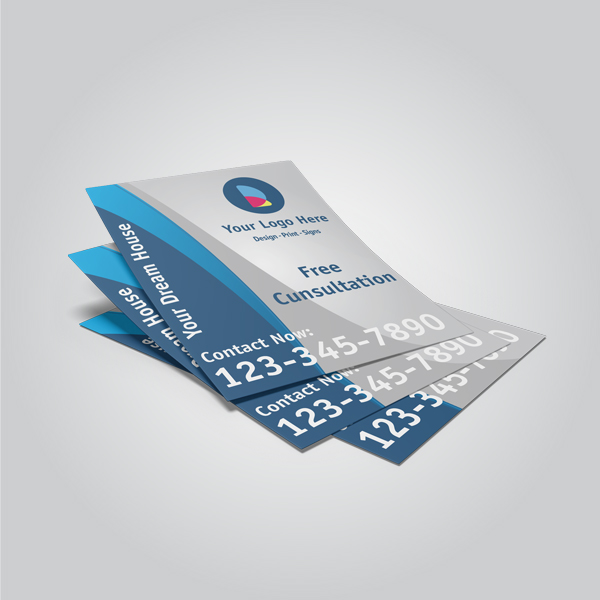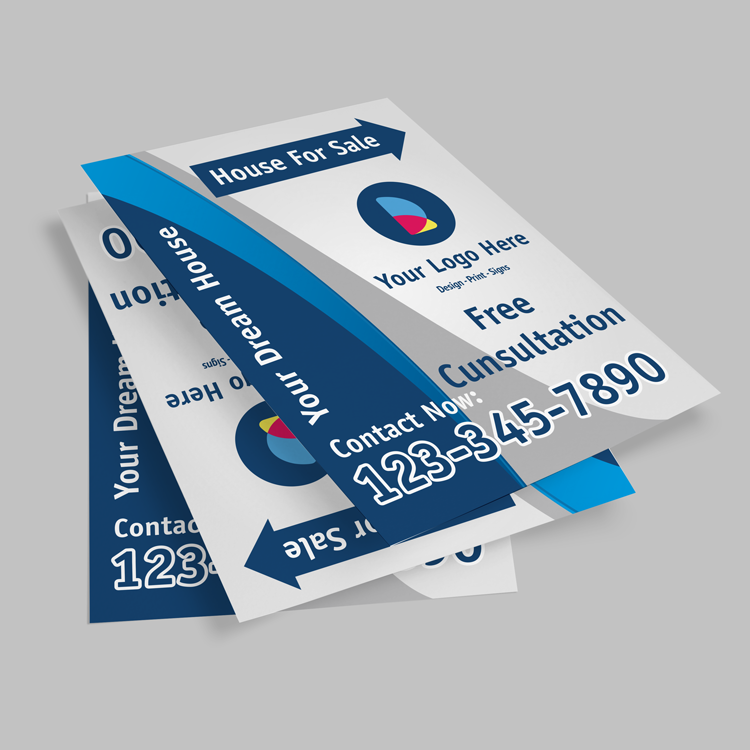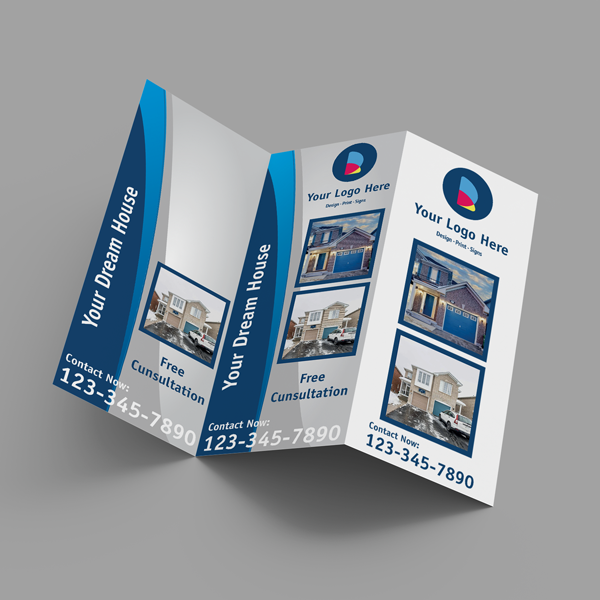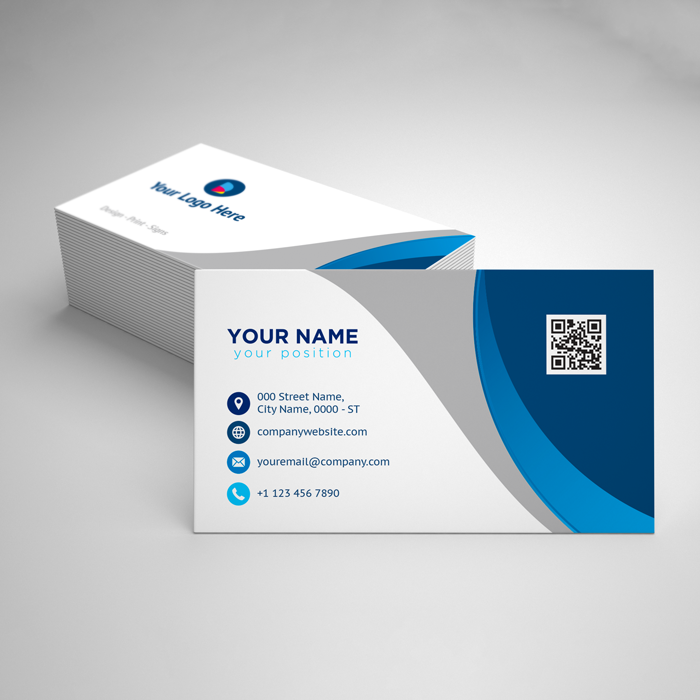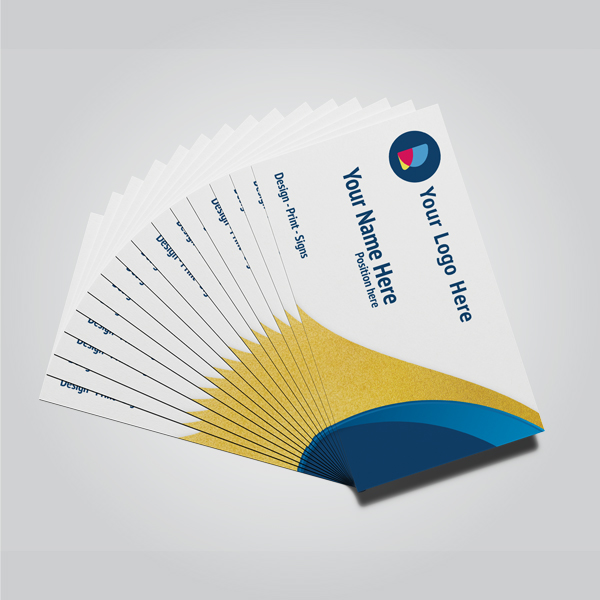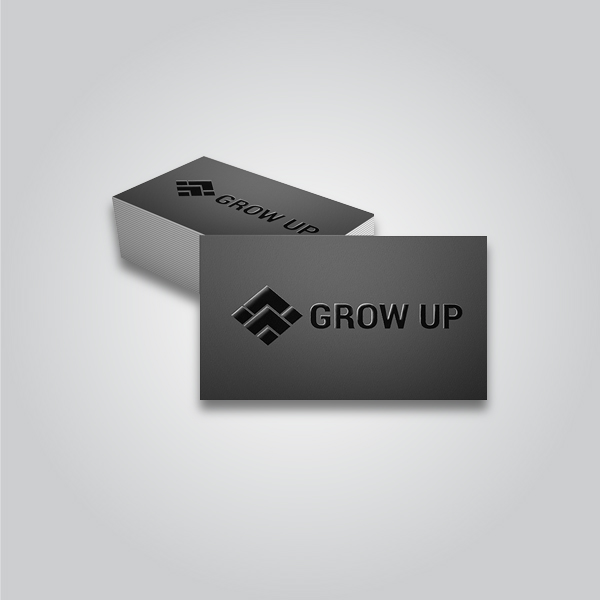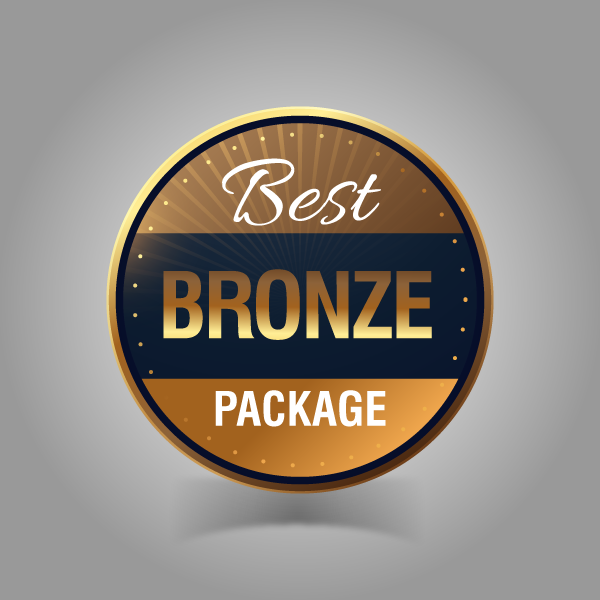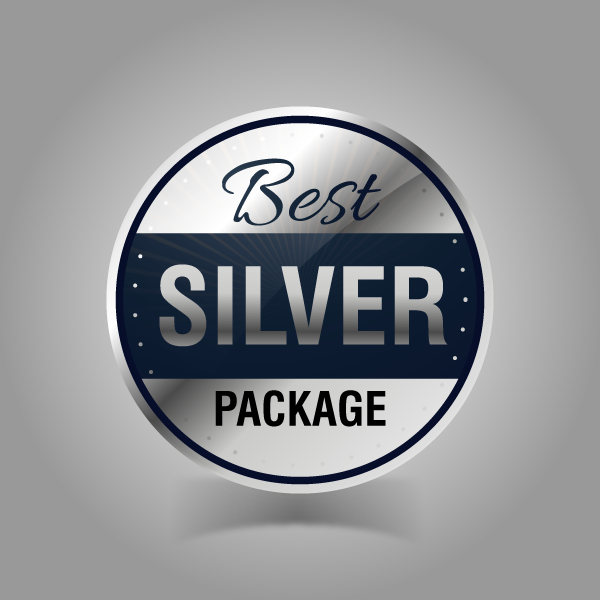Designing a printing complete guide is an important task that requires careful consideration of many factors, including paper choice, typography, layout, and graphics. In this guide, we will go over the best practices for designing a printing complete guide in detail.
Understand Your Audience and Purpose
The first step in designing a printing complete guide is to understand your audience and purpose. What is your guide intended for? What do they need to learn or achieve? What is the goal of the guide?
Understanding your audience and purpose will help you create a guide that is tailored to their needs and interests. It will also help you determine the appropriate tone, style, and level of detail to include in the guide.
Choose the Right Paper
Choosing the right paper for your printing complete guide is crucial to its success. The type of paper you choose will affect the look and feel of the guide, as well as its durability and readability.
When choosing paper for your guide, consider the following factors:
- Weight: The weight of the paper affects its thickness and stiffness. Generally, heavier paper is more durable and provides a higher-quality feel.
- Finish: The finish of the paper refers to its texture and appearance. There are several types of finishes to choose from, including glossy, matte, and satin.
- Color: The color of the paper can affect the readability and contrast of the text and graphics. White or cream-coloured paper is a safe bet for most guides.
Choose the Right Typography
Typography is an important aspect of designing a printing complete guide. The fonts you choose will affect the readability and overall aesthetic of the guide.
When choosing typography for your guide, consider the following factors:
- Legibility: Choose fonts that are easy to read, especially in smaller sizes. Sans-serif fonts like Arial or Helvetica are often a good choice.
- Contrast: Make sure there is enough contrast between the text and the background. For example, avoid using light-colored text on a white background.
- Hierarchy: Use font size, weight, and style to create a clear hierarchy of information in the guide. Headings should be larger and bolder than the body text, for example.
Use Appropriate Layout and Design
The layout and design of your guide can have a big impact on its readability and effectiveness. Here are some tips for creating an effective layout:
- Use white space: White space refers to the empty areas around text and images. Use white space to create a clean, uncluttered look and to help guide the reader’s eye.
- Use a grid: A grid can help you create a consistent layout throughout the guide. Use the grid to align text and images and to create a sense of visual order.
- Use images and graphics: Images and graphics can help to break up text and make the guide more visually engaging. Make sure that the images are high-quality and relevant to the content.
Pay Attention to Color
Color can be a powerful tool in designing a printing complete guide. Here are some tips for using color effectively:
- Use a limited color palette: Too many colors can be overwhelming and distracting. Stick to a limited color palette that complements the content and purpose of the guide.
- Use color to highlight important information: Use colour to draw attention to important information, such as headings or key points.
- Use contrast: Make sure there is enough contrast between colours, especially between the text and background. For example, avoid using light-coloured text on a light-coloured background.
Provide Clear and Concise Information
The information in your guide should be clear and concise, with a logical flow that guides the reader through the content. Here are some tips for creating clear and concise information:
- Use headings and subheadings: Headings and subheadings can help to break up the content and make it easier to navigate. They also provide a visual hierarchy that helps readers understand the organization of the content.
- Use lists: Lists are a great way to break down complex information into bite-sized pieces. Use bulleted or numbered lists to make information easier to read and understand.
- Use clear and concise language: Avoid using jargon or technical language that may be confusing to your audience. Use simple, everyday language that is easy to understand.
- Use examples and visuals: Examples and visuals can help to illustrate complex concepts and make the content more relatable. Use diagrams, charts, or infographics to visually represent information.
Proofread and Test Your Guide
Before finalizing your printing complete guide, make sure to proofread and test it thoroughly. Here are some things to keep in mind:
- Proofread for spelling and grammar errors: Make sure to proofread your guide for any spelling or grammar errors that may have been missed.
- Check the layout and formatting: Check that the layout and formatting of the guide is consistent throughout, and that all headings, subheadings, and text are aligned properly.
- Test the guide: Print out a few copies of the guide and test it out. Make sure the paper, typography, and layout look and feel the way you intended. Get feedback from others to see how they respond to the guide.
In conclusion, designing a printing complete guide requires careful consideration of many factors, including paper choice, typography, layout, and graphics. By following these best practices, you can create a guide that is clear, concise, and visually appealing. Remember to always keep your audience and purpose in mind, and to test your guide thoroughly before finalizing it.

